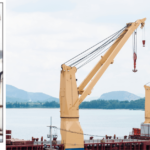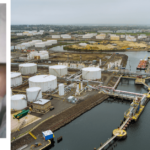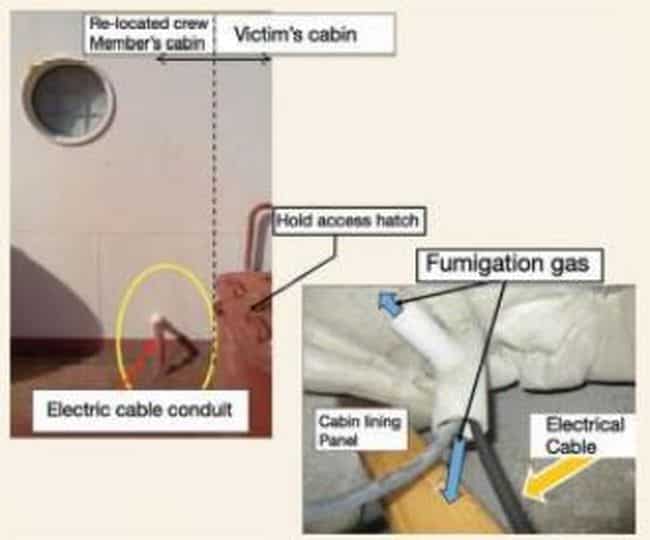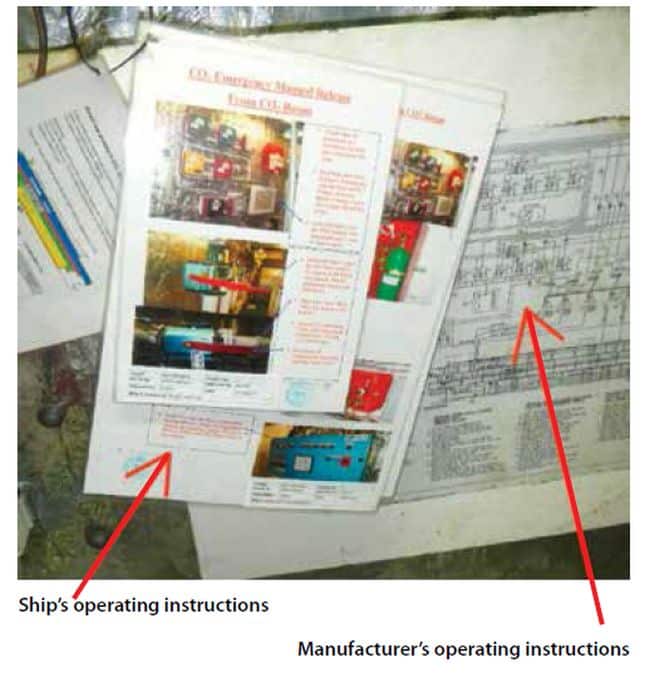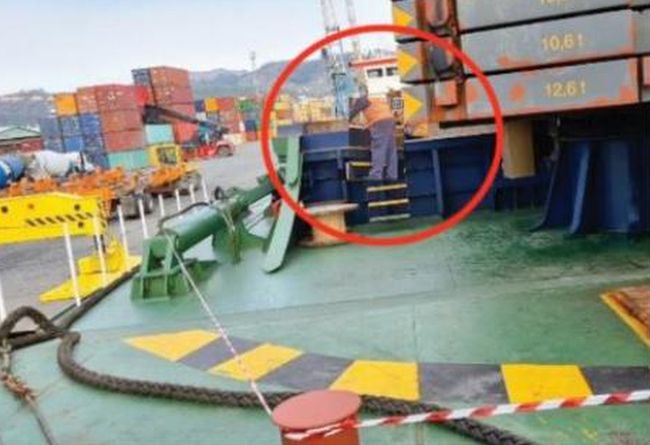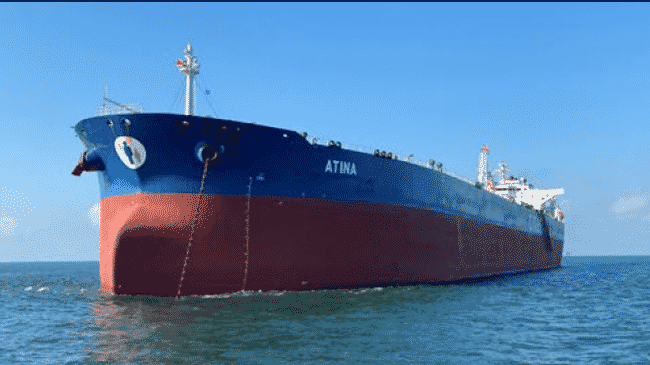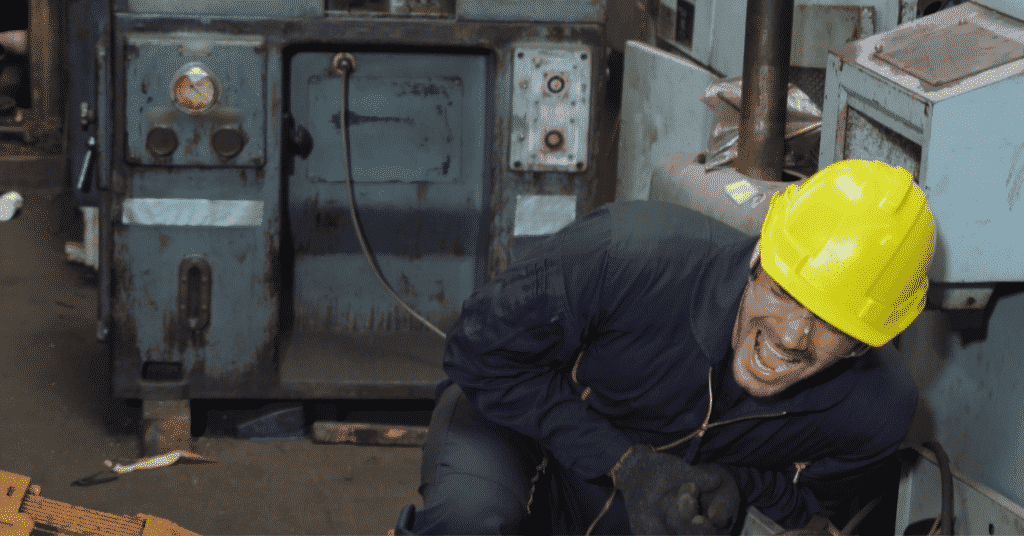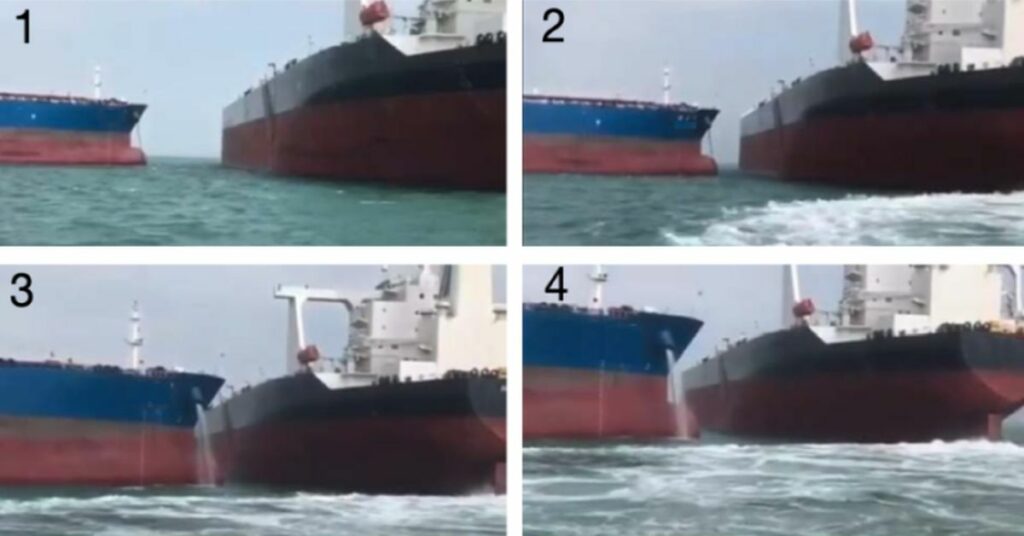Real Life Accident: Chief Mate Dies From Asphyxiation
Two days before arriving in port, the Master received cargo documents from the shipper, which included an 11-page material safety data sheet (MSDS) on zinc concentrate. On receipt of the documents a safety meeting was held with the crew to discuss the cargo risks.
During the meeting, particular attention was paid to the use of personal protective equipment (full-vision goggles and respiratory particle filters) to protect against exposure to dust during loading. Although oxidation of the zinc concentrate, and thus its ability to reduce the oxygen content of a confined space, was indicated as a risk on the MSDS documentation, this risk was apparently not discussed during the safety meeting.
Loading commenced on arrival. The dust created during loading covered the ship’s deck and also found its way into the accommodation. A number of crew members experienced irritated airways and burning eyes as a result. The loading took less than a day and once completed the accommodation was cleaned of dust and the vessel left port.
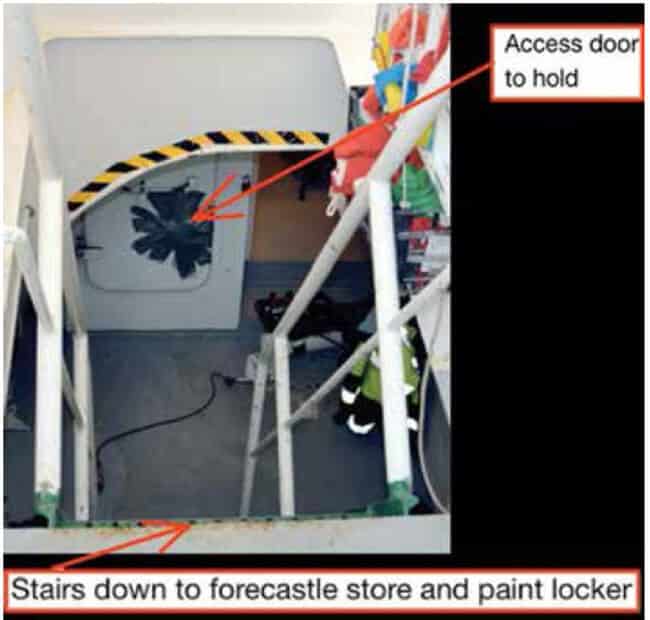
Five days into the voyage, the first mate intended to inspect the cargo via the access in the forecastle. As he walked past the paint locker he informed the seaman working there that he was going into the hold; he was carrying a breathing mask and a filter. He descended into the hold via an access door, closing the door behind him. Not long afterwards, the seaman opened the door and asked if everything was OK. The first mate responded in the affirmative so the seaman closed the door and went for coffee. The seaman mentioned this to an officer while on their break and the officer decided to take a look. On opening the access door to the hold, the officer saw that the first mate was unconscious, about three metres from the door.
Suspecting a confined space incident, he rushed to get assistance. Two crew members equipped with breathing apparatus went into the hold while others outside assisted with a rope. With some difficulty they managed to evacuate the first mate, but he could not be resuscitated. It was later established that he had died of asphyxiation. Measurements performed the day after the accident showed that the level of oxygen in the air at the stairwell was 2.6%.
Lessons learned include:
- Section 3 of the IMSBC Code states that when transporting solid bulk cargoes, crew must always be aware that such cargoes can be susceptible to oxidation.
- Always read and plan for all risks that are highlighted in the MSDS documentation.
- Before entering a confined space, in this case the hold, always ventilate first and then test for hazardous gases and oxygen content. Follow your company’s confined space procedure.
- Never enter an enclosed space on your own. At the very least, a supervisor must be present at the entrance to the enclosed space and must be in communication with the individuals who are entering the space.
Reference: nautinst.org
Do you have info to share with us ? Suggest a correction
- Real Life Incidents: Near Miss In Open Water And Good Visibility
- Real Life Incident: Poor Situational Awareness Leads to Collision
- Real Life Incident: Monkey’s Fist Knocks on Office Window
- Real Life Incident: Paint Storage Slip-Up On Ship
- Real Life Incident: Checklist Mentality Is A Burning Problem
- Real Life Incident: Vessel Speed Exacerbates Bank Suction
Latest Case studies Articles You Would Like:
Subscribe To Our Newsletters
By subscribing, you agree to our Privacy Policy and may receive occasional deal communications; you can unsubscribe anytime.







